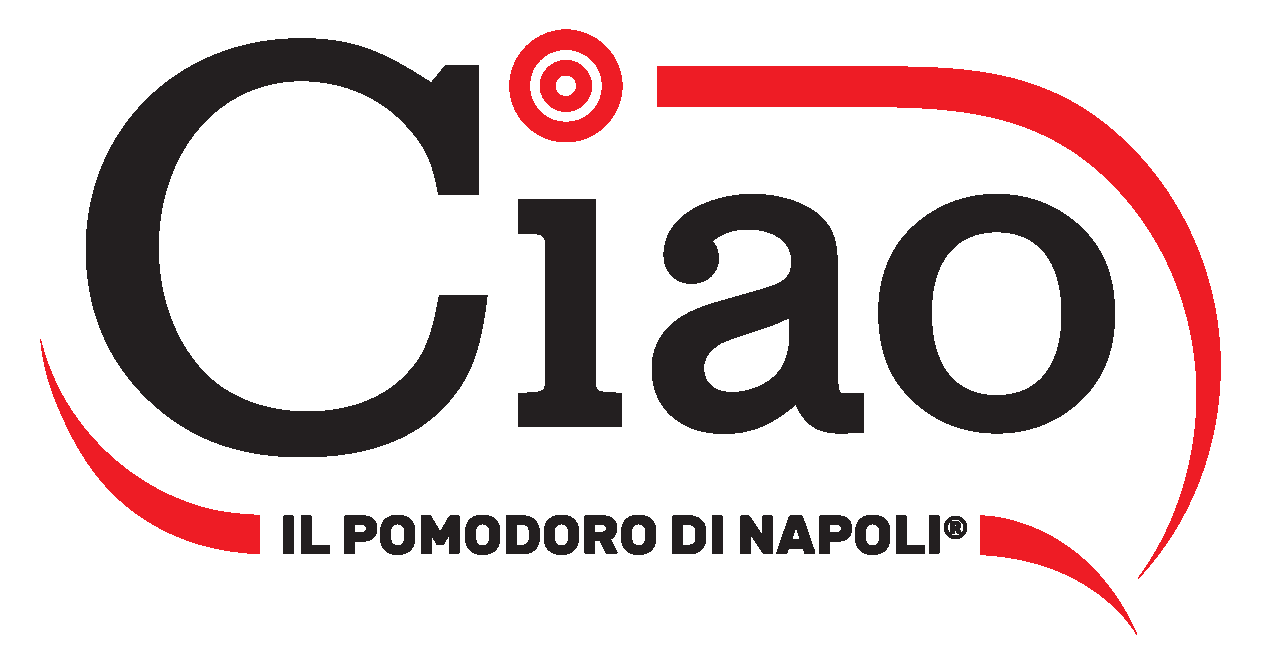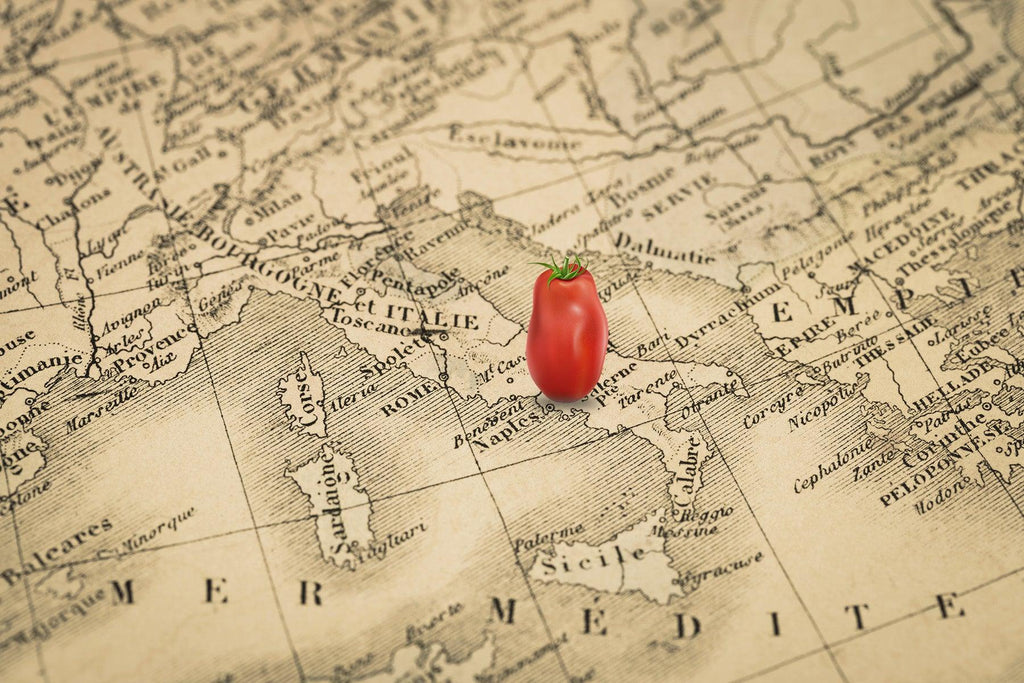A Long Love Story: The History of Tomatoes in Southern Italy
In 2021, 6.05 million tons of tomatoes were grown in Italy, the world’s second largest producer of tomatoes. However, tomatoes didn’t originate in Italy. While they are a part of Italian DNA and the foundation of Italian cooking, their story starts on the other side of the world in South America, where the Aztecs called them “tomatl” meaning “plump fruit with navel.”
In the 16th century, the Spanish conquistador Hernán Cortés brought tomato seeds back to Spain. As legends go, the toxicity attributed to tomatoes was due to their acidity leaching lead from the pewter plates and utensils used by the wealthy, ultimately leading to poisoning and death. Deemed deadly, they were used as ornaments.
The tomatoes we know and love today are not the same tomatoes from that time. When tomatoes reached Italy, they were named “pomo d’oro” meaning “golden apple” (“pomo” means “apple” and “d’oro” means “of gold” in Italian) because they were round and yellow. Today, we simply refer to them as pomodori (plural) or pomodoro (singular). Thanks to the know-how of our farmers, the fertility of our soils, and some luck in Darwin’s theory of Natural Selection, over the course of 300 years, tomatoes turned into the bright, red, and long fruit we love today.

In the early 1900s, housewives discovered the possibilities of preserving tomatoes to bring summer to the table all year round through a carefully handcrafted method. It is from this method that the modern industrial preservation process was inspired. Francesco Cirio developed this modern process in the 1900s and indicated (and not surprisingly) on labels the wording “Pomodoro Napoli ” (“Neapolitan Tomato”). This indication emphasizes how the peeled tomato is closely linked to the preservation process that makes it famous all over the world and therefore to the Neapolitan territory where it originated.
It is precisely for this reason that in 2014, the founder of Ciao, Lino Cutolo, set up a committee to protect the Peeled Tomato and create an IGP classification (Protected Geographical Indication) by the European Union.
You may ask, “Why do you need a trademark to protect peeled tomatoes?” Well, the IGP is a recognition that strongly links a product to its territory. The link can be of two types:
- That between the organoleptic characteristics of a product and its geographical origin
- That between a transformation process and the culture of the territory of origin
The long tomato preservation process is strictly connected to Neapolitan culture, as we have seen for more than a century, precisely because of the link between the product and the Campania conservation method. Plus, tomatoes are intrinsically linked to pizza and maccheroni, both of which were born in Naples.
"Only by bringing the uniqueness of our know-how to the world,” concludes Lino Cutolo, founder of Ciao, “will we be able to give new breath to a market that is strongly at risk of decline, but which deserves all the laurels of the identity that only knows how to confer tradition!"


